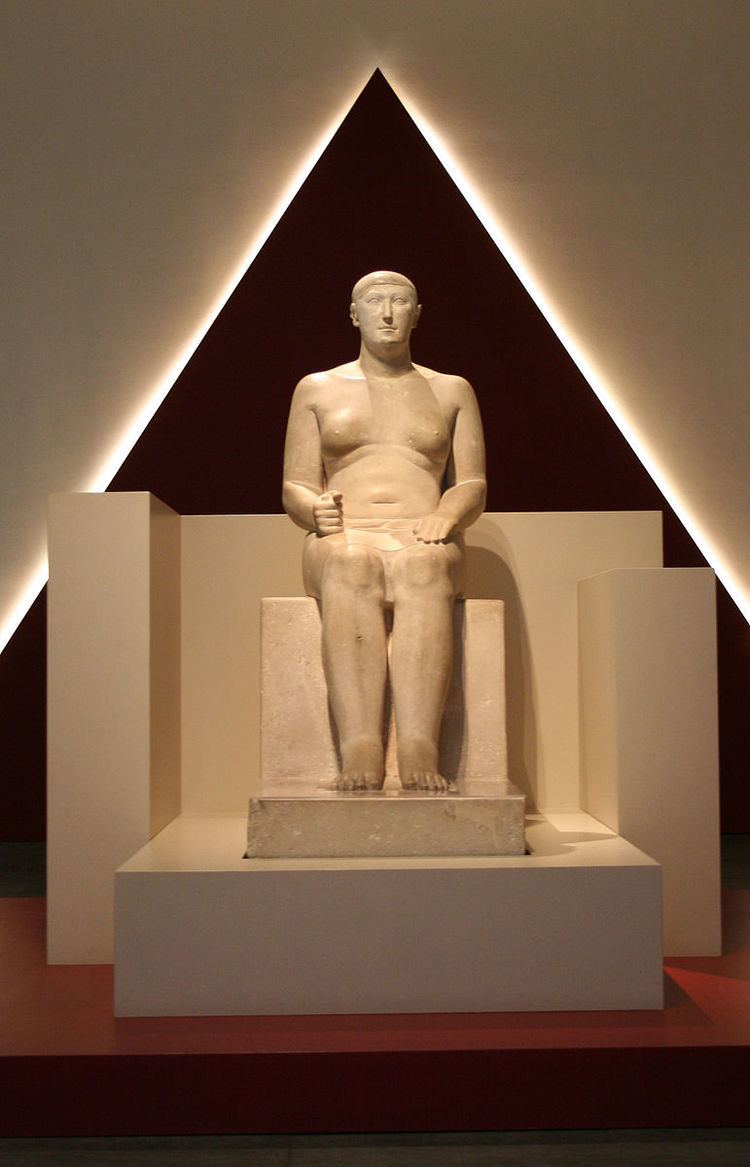 | ||
The vizier (/vɪˈzɪər/ or /ˈvɪzɪər/) was the highest official in Ancient Egypt to serve the pharaoh (king) during the Old, Middle, and New Kingdoms. Vizier is the generally accepted rendering of ancient Egyptian tjati, tjaty etc., among Egyptologists. The Instruction of Rekhmire (Installation of the Vizier), a New Kingdom text, defines many of the duties of the tjaty, and lays down codes of behavior. The viziers were often appointed by the pharaoh. During the 4th Dynasty and early 5th Dynasty, viziers were exclusively drawn from the royal family; from the period around the reign of Neferirkare Kakai onwards, they were chosen according to loyalty and talent or inherited the position from their fathers.
Contents
Responsibilities
The viziers were appointed by the pharaohs, but often belonged to a pharaoh's family. The vizier's paramount duty was to supervise the running of the country, such as a prime minister, at times even small details of it such as sampling the city's water supply. All other lesser supervisors and officials, such as tax collectors and scribes, would report to the vizier. The judiciary was part of the civil administration and the vizier also sat in the High Court. However at any time, the pharaoh could exert his own control over any aspect of government, overriding the vizier's decisions. The vizier also supervised the security of the pharaoh and the palace. Viziers were the second in command, they oversaw the political administration and all official documents had to have his seal on them, managed the taxation system and monitored the supply of food, listened to problems between nobles and settled them, and ran the pharaoh’s household and ensured the royal family’s safety. In the New Kingdom, there were two viziers, one for Upper Egypt and one for Lower Egypt.
Installation of the Vizier
According to the Installation of the Vizier, a New Kingdom document describing the office of the vizier, the vizier has certain traits and behaviors that are required to be a vizier:
